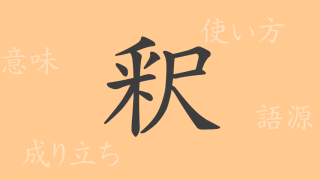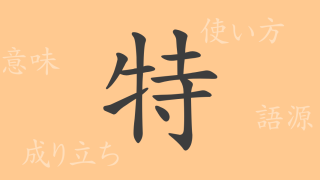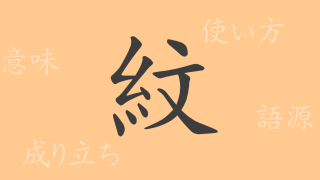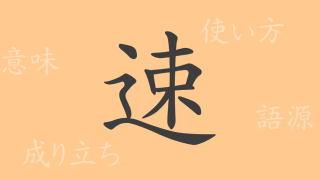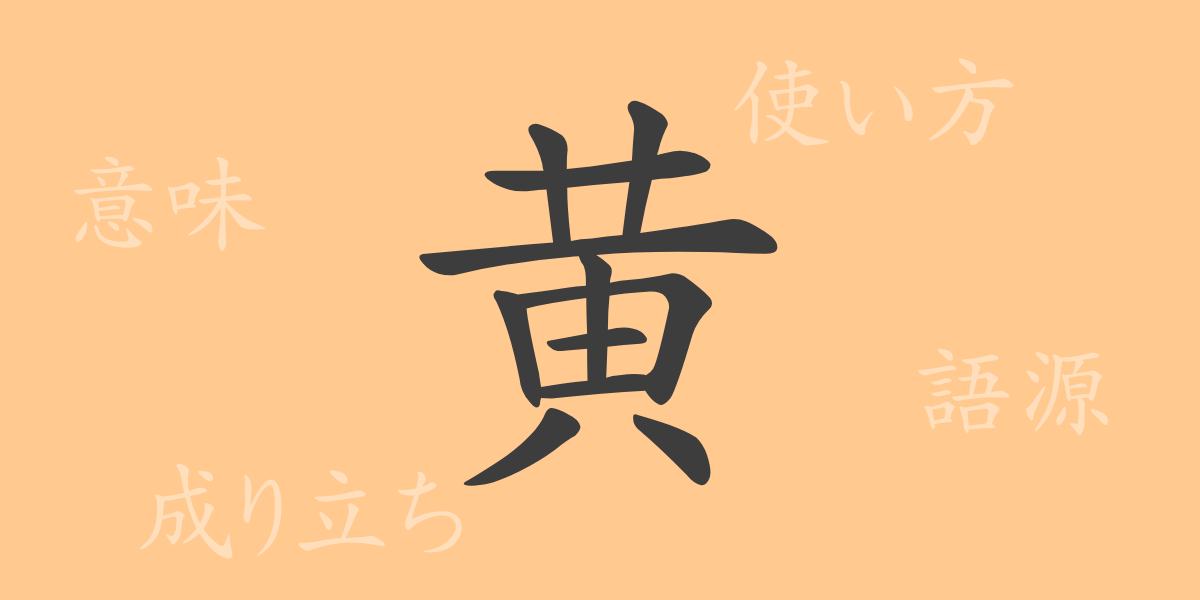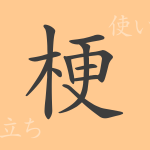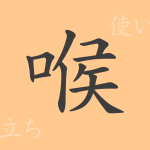In the vibrant Japanese language, numerous kanji reflect the beauty of the natural world. Among them, “黄(き)” represents a warm color that is deeply rooted in our daily lives. This article focuses on the commonly used kanji “黄(き),” exploring its origin, meaning, usage, and various idioms and expressions associated with it.
Origin of 黄(き) (Etymology)
The kanji “黄(き)” originated in ancient China, representing the color of ripe grains or soil. It symbolizes the earth and corresponds to the element of earth in the Five Elements theory. Additionally, it was known as the symbolic color of the Chinese emperor, revered as a noble color since ancient times.
Meaning and Usage of 黄(き)
“黄(き)” is used as the name of the color, referring to all shades of yellow, such as golden yellow and ocher. It is also used to describe ripe fruits or discolored leaves. Figuratively, it can imply something old, traditional, or valuable.
Readings, Stroke Count, and Radical of 黄(き)
The kanji “黄(き)” has several important characteristics.
- Readings: The on-yomi (Chinese reading) is “コウ(こう),” and the kun-yomi (Japanese reading) is “き(き).”
- Stroke count: “黄(き)” has 11 strokes.
- Radical: The radical is “黄(き),” used for indexing in kanji dictionaries.
Idioms, Phrases, and Proverbs Using 黄(き)
There are many idioms, phrases, and proverbs in Japanese that include the kanji “黄(き).” For example, “黄金(おうごん)” literally means “golden color” and is used to refer to something precious or valuable. “黄昏(たそがれ)” describes the time of sunset or the color of the sky at dusk and metaphorically represents the twilight of life or a period of decline. “黄色い声(きいろいこえ)” is an idiom referring to the voices of young women or the cheers of fans.
Conclusion on 黄(き)
The commonly used kanji “黄(き)” in Japanese has held various meanings throughout culture and history, not only representing color but also conveying rich connotations. Understanding its rich background leads to a deeper comprehension of the Japanese language. From a simple color kanji to its cultural and historical shifts, this kanji exemplifies the multifaceted charm of kanji.






